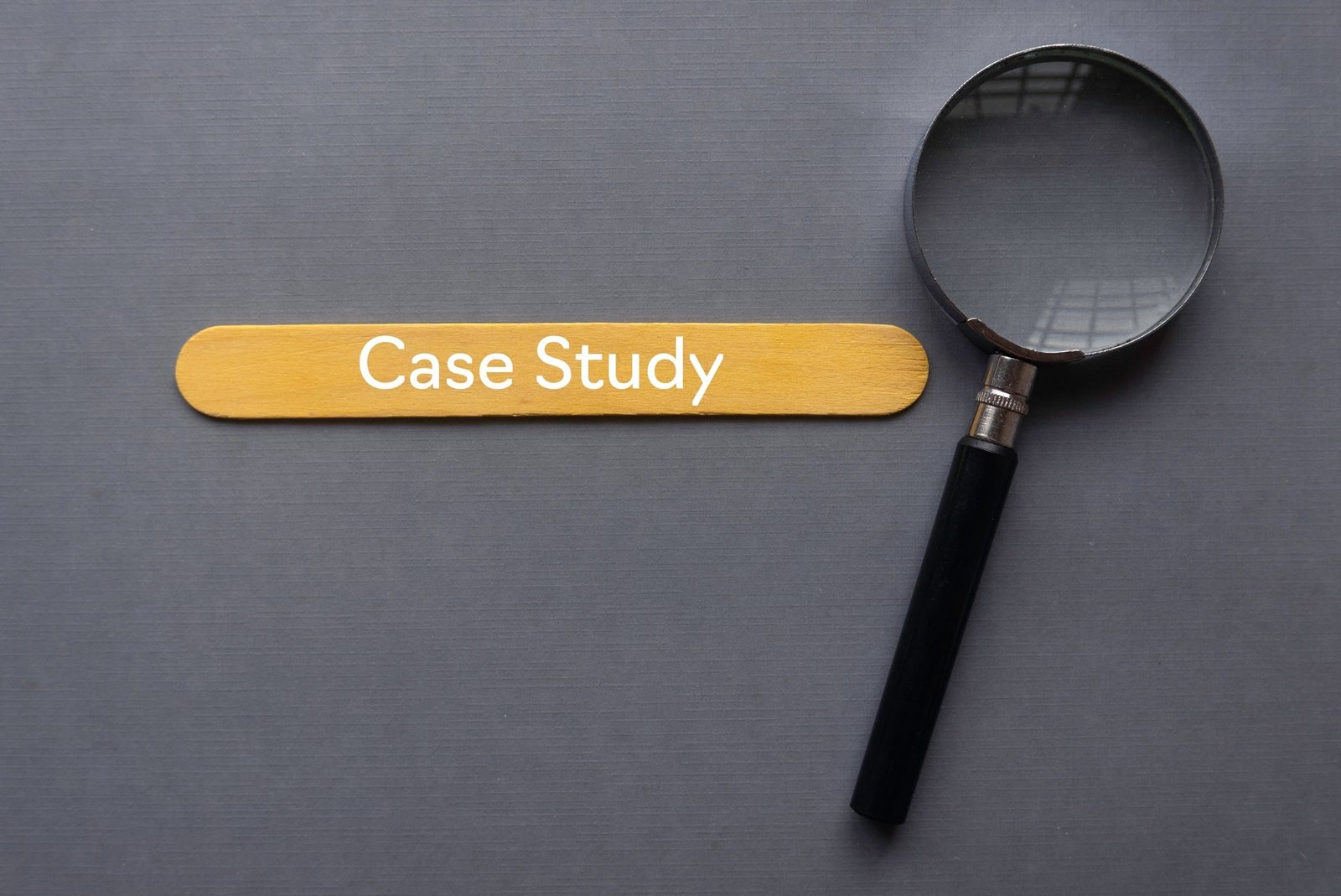Table of Contents
• What is Pressure Sensitive Adhesive Tape (PSA)?
• Key Benefits of Using Pressure Sensitive Adhesive Tapes
• Common Types of Adhesives in PSA Tapes
• Construction and Composition of Pressure Sensitive Adhesive Tape
• Essential Considerations for Selecting the Right PSA Tape
• Materials Not Considered Pressure Sensitive Adhesive Tape
What is Pressure Sensitive Adhesive Tape (PSA)?
Pressure Sensitive Adhesive (PSA) Tape, also known as self-stick or self-adhesive tape, is a versatile category of adhesive tape that adheres to surfaces when applied with light pressure. Unlike traditional tapes that require heat, water, or solvents, PSA tapes are designed to bond instantly with minimal force, making them ideal for a wide range of applications in industries such as electronics, automotive, construction, and medical.
The effectiveness of PSA tapes lies in their unique formulation and structure, which allow them to provide strong adhesion without the need for external activation. The bonding process depends on the adhesive’s inherent properties and the amount of applied pressure, enabling fast, reliable bonds in both high-stress and delicate environments.
Key Benefits of Using Pressure Sensitive Adhesive Tapes
1. Ease of Application: PSA tapes require no heat, water, or additional curing agents, making them simple to apply.
2. Versatile Material Options: Available with various adhesives (rubber, acrylic, silicone) to match specific performance needs.
3. Strong Bonding Capabilities: Effective for permanent and temporary bonds on various surfaces, from metals to plastics.
4. Environmental Resistance: Many PSA tapes are designed to withstand challenging environmental conditions, such as high temperatures and UV exposure.
5. Flexibility and Conformability: Ideal for both flat and irregular surfaces, making them suitable for complex applications.
Common Types of Adhesives in PSA Tapes
Different adhesive types are used in PSA tapes to meet diverse industrial requirements. Here are the three main types:
• Rubber Adhesive: Known for its strong initial tack and cost-effectiveness, rubber adhesive PSA tapes are commonly used in low-temperature applications. However, they lack durability in extreme temperatures and UV conditions.
• Acrylic Adhesive: Offering excellent resistance to environmental factors, acrylic adhesive tapes are durable, UV-resistant, and suitable for both indoor and outdoor applications. They bond well with high-surface energy materials, making them ideal for long-term usage.
• Silicone Adhesive: Silicone adhesive tapes are highly effective in bonding with low-surface energy materials like silicone and are resistant to extreme temperatures. However, they are relatively expensive and are typically reserved for specialized applications.
| Adhesive Type | Initial Tack | Temperature Resistance | UV Resistance | Cost |
|---|---|---|---|---|
| Rubber | High | Low to Moderate | Poor | Low |
| Acrylic | Moderate | High | Excellent | Medium |
| Silicone | Moderate | Very High | Excellent | High |
Construction and Composition of Pressure Sensitive Adhesive Tape
Pressure sensitive adhesive tapes are made with various structural elements to match application-specific needs. The following are the primary constructions:
1. Single-Coated Tape: An adhesive layer is applied to one side of a backing material, with the exposed adhesive protected by a release liner.
2. Transfer Tape: Consists of a layer of adhesive without any carrier. The adhesive is applied on a release liner, making it ideal for laminating and mounting applications.
3. Double-Coated Tape: Features adhesive on both sides of a backing material, providing excellent bonding for surfaces that need to be joined together. Commonly used for joining heavy-duty materials like metal, glass, and plastic.
4. Self-Wound Tape: A single-coated tape without a release liner, where the adhesive side sticks directly to the backing layer of the roll. Ideal for applications where a fast, continuous application is necessary.
The construction of PSA tape can significantly affect its durability, bonding strength, and ease of application, making it essential to select the right type based on specific needs.
Essential Considerations for Selecting the Right PSA Tape
Choosing the appropriate PSA tape involves assessing various factors to ensure the product will perform effectively in its intended application. Here are key aspects to consider:
1. Surface Characteristics: Determine if the surface is high or low surface energy, as this affects the choice of adhesive type (e.g., rubber for high-tack needs, silicone for low surface energy materials).
2. Environmental Conditions: Consider temperature, moisture, UV exposure, and chemical contact, which could impact the tape’s performance. Acrylic adhesives, for example, offer superior weather resistance, while rubber adhesives may deteriorate under UV exposure.
3. Application Requirements: Define whether the tape needs to be removable or permanent, as well as the load it will carry. Double-coated tapes generally provide better support for heavy applications, whereas transfer tapes work well for lightweight mounting.
4. Conformability: For surfaces that are textured or uneven, a flexible adhesive or backing material will provide a more reliable bond.
5. Budget Constraints: Match the tape selection with project budgets while ensuring that critical performance requirements are met. Rubber adhesives are typically more cost-effective than silicone options.
6. Industry Standards and Regulations: Some applications may have strict requirements for adhesives, such as RoHS or UL certification, especially in industries like automotive or electronics.
Materials Not Considered Pressure Sensitive Adhesive Tape
While PSA tapes adhere solely through pressure, other adhesive types require additional activation mechanisms:
• Heat-Activated Tapes: These tapes require high temperatures to initiate bonding, suitable for applications needing extremely strong, durable bonds.
• Water-Activated Tapes: Primarily used in packaging, these tapes require moisture to bond surfaces.
When selecting PSA tapes, ensure that the application does not demand an activated adhesive, as PSA tapes rely exclusively on pressure to bond effectively.
Conclusion
Pressure sensitive adhesive tapes provide a versatile solution for industrial bonding needs. By choosing the correct adhesive type, construction, and tape structure, businesses can ensure reliable performance across diverse applications. Whether used for mounting, splicing, sealing, or insulation, PSA tapes offer the convenience of quick, efficient bonding without external activation, making them a preferred choice in industries ranging from automotive and electronics to construction and healthcare.
For additional guidance on selecting the right PSA tape, consult with a tape specialist who can provide tailored recommendations based on specific application requirements.







